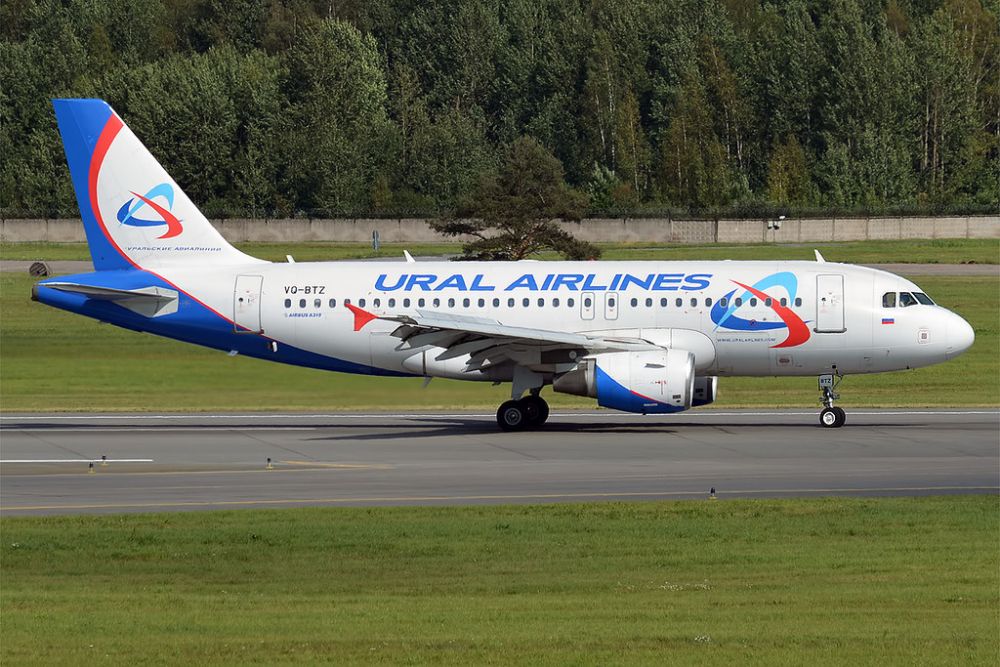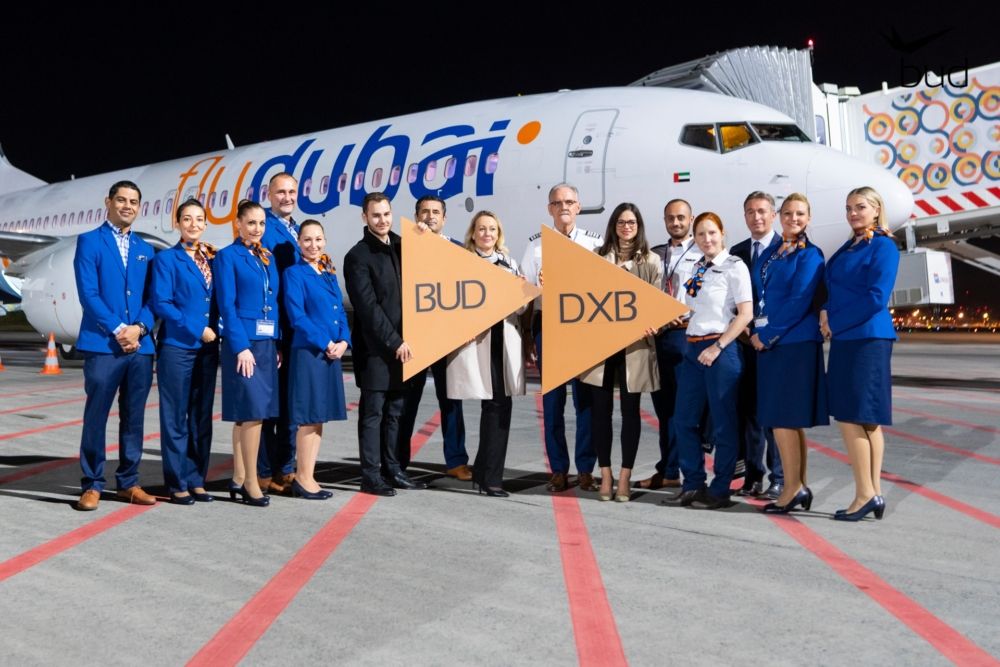Budapest is one of Central and Europe's busiest and most significant airports. And despite the pandemic, it has pushed ahead, with growth on multiple fronts and high ambition for more. We chat with Budapest Airport's Airline development team: Balázs Bogáts, Head of Airline Development, and Eszter Almási and Balázs Bucsi, Airline Development Managers.
Budapest welcomes a host of new routes
Budapest welcomed flydubai in September, with four weekly services to Dubai utilizing 166-seat B737 MAX 8s. It complements Emirates, which began serving the Hungarian capital in October 2014. flydubai codeshares with its larger sibling to Budapest. The pair generally operates on different days to ensure all days of the week are served and therefore growing connectivity and choice.
This winter, about three-quarters of Budapest's capacity is by LCCs/ULCCs, especially Ryanair and Wizz Air. Ryanair has added multiple new routes, including Bournemouth, Cologne, Kaunas, Riga, Shannon, and Turin. Meanwhile, others are back, such as Kharkiv, Krakow, Lappeenranta, Luxembourg, Nuremberg, Poznan, and Toulouse.
Ryanair will have 215 weekly departures in December, 17% more than in the summer, Bucsi tells us. It's a similar story for Wizz Air: 167 departures, up by 18%. Budapest is Wizz Air's busiest airport this winter, and in the coming weeks, it'll add Amman, Aqaba, Fuerteventura, and Hurghada.
Stay aware: Sign up for my weekly new routes newsletter.
Budapest's recovery in action
"80% of our destinations were recovered this summer, with around 110 destinations served non-stop this winter," Almási says. This speedy recovery has been assisted by the airport's mixture of passengers.
About 72% travel for leisure or to visit friends and relatives, with these the segments that have recovered fastest. The remaining 28% are for business and other reasons. Inbound tourism is strong too, with Budapest famously beautiful and home to world-renowned Christmas markets. As Bogáts says:
“We are glad to see airlines planning optimistically with Budapest and welcoming new and returning destinations within our route network. Autumn traffic numbers give good hope that the summer demand will continue into the fourth quarter, especially with the upcoming Christmas markets."
Targeted route opportunities
"Budapest to North America is one of our largest markets, with over 720,000 passengers in 2019," Bucsi said. That equates to nearly 2,000 passengers daily. In that year, LOT Polish served New York and Chicago, American linked Philadelphia, and Air Canada Toronto.
New York, the largest market, remains unserved. American from JFK with its JetBlue partnership or United from Newark would provide the strongest proposition for point-to-point demand and their huge domestic feeder network.
What about Wizz Air's A321XLRs?
The Wizz Air Group is now expecting 47 A321XLRs. As the ULCC already operates flights of around six hours, its XLRs will likely be used to seven or eight hours. The carrier's CEO said that they'll be likely to go eastwards, which chimes with what Bogáts desires for Budapest.
"We would love to see Wizz Air's long-haul aircraft. It would open up new potential target destinations in Asia, such as India and Central Asian nations, most of which are untapped."
What airlines or new routes would you like to see from Budapest? Let us know in the comments.




